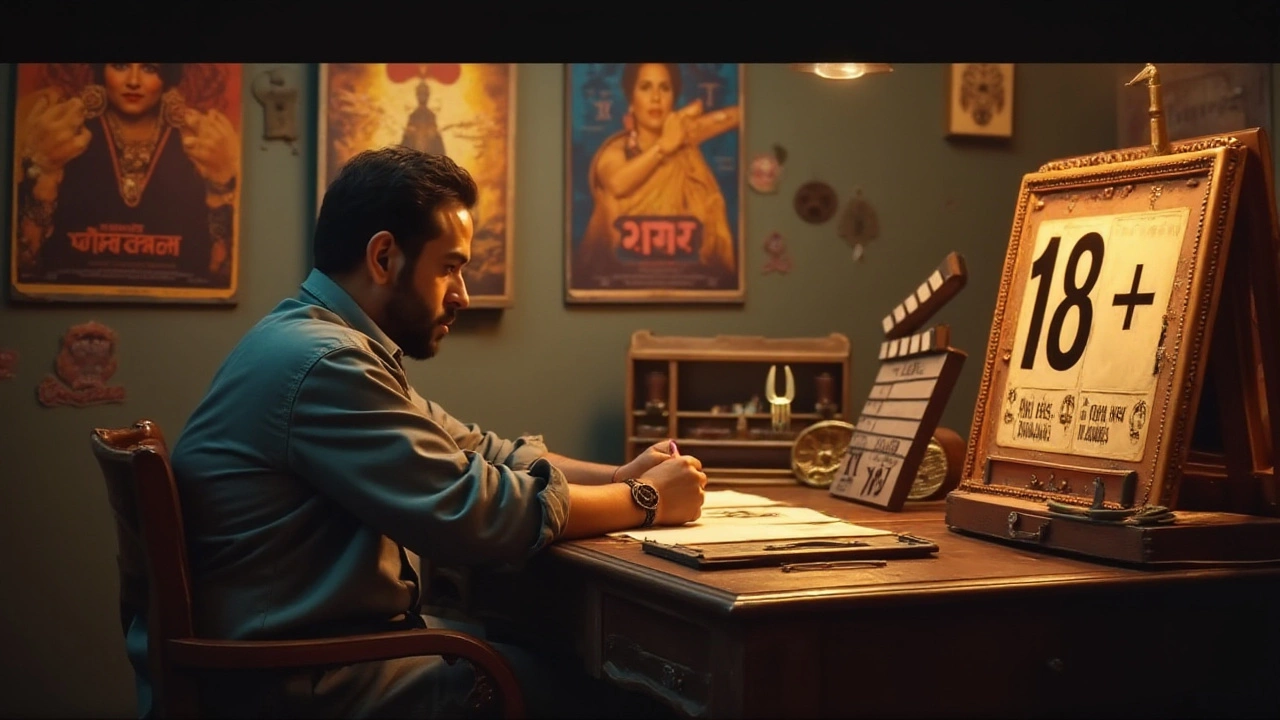
When it comes to Bollywood, the label '18+ movie' often sparks curiosity and a touch of intrigue. What images flicker in your mind when you hear it? Is it purely about risqué scenes, or is there a deeper narrative at play? This article takes a closer look at the meaning behind this classification in the realm of Indian cinema.
The 18+ rating is a critical marker indicating content that is deemed unsuitable for viewers below eighteen. It’s not just about adult scenes, though that’s a part of it; it could also encompass themes of intense violence, strong language, or mature subjects that demand a certain level of awareness and maturity from the audience. In India, this classification is determined by the Central Board of Film Certification (CBFC), the body responsible for rating films in accordance with content standards established to protect more impressionable audiences while ensuring freedom of expression for filmmakers.
- Understanding 18+ Ratings in Bollywood
- Criteria for Classification
- Comparison with International Rating Systems
- Cultural Context and Societal Impact
- Audience Perception and Parental Guidance
- Implications for Filmmakers and Creators
Understanding 18+ Ratings in Bollywood
In the vibrant world of Bollywood, the 18+ rating holds a distinct place, offering a guidepost for audiences and a template for artistic exploration. This classification is more than a mere label; it is a signal of the maturity and complexity embedded within a film's content. Granted by the Central Board of Film Certification (CBFC), this rating implies that the cinematic piece is tailor-made for adults, considering it may include elements that are intense, provocative, controversial, or explicit—it is built for those mature enough to handle such themes. Whether it depicts the raw underbelly of society or tackles subjects like sexuality, violence, and substance usage, the essence of the 18+ rating is to safeguard younger, possibly impressionable viewers, while presenting an uninhibited avenue for storytelling.
The process of obtaining an 18+ designation involves stringent scrutiny by the CBFC, whose members evaluate the film's content against approved guidelines. These guidelines consider multiple aspects: strong language, sexual content, drug use, and violence are usually at the forefront. A film riddled with intense psychological themes or political undertones might also receive this rating. A remarkable example is how the 2011 movie 'The Dirty Picture', lauded for its bold portrayal of the adult film industry, navigated these waters by embracing an 18+ rating, thereby providing adult viewers a taste of harsh realities in an unvarnished manner.
Traditionally, an 18+ movie in Bollywood stirs anticipation and curiosity among its potential viewers. A significant aspect of this rating lies in the cultural nuances it often negotiates. Bollywood movies have, over the decades, reflected a spectrum of India's social and cultural ethos. The 18+ rating sometimes becomes a battleground where artistic freedom and cultural conservativism clash. As veteran filmmaker Anurag Kashyap once quoted, "Cinema plays a pivotal role in holding a mirror to the society. Sometimes, reflecting the truth demands an unflinching depiction of adult subjects." This highlights how filmmakers often use the 18+ platform to push boundaries and engage in social critique without resorting to sugar-coated portrayals.
While the genre cross-cuts with narratives, from psychological thrillers to real-life chronicles, Indian cinema dynamically responds through its narratives and reflections. Interestingly, regional differences within Bollywood can also affect how films are perceived, and sometimes even rated. A scene deemed appropriate in urban-centric Maharashtra might raise eyebrows in more traditional heartlands. Moreover, the advent of streaming platforms has further propelled discussions around content ratings, with viewers now having easier access to stories worldwide. Interestingly, a recent poll revealed that 68% of urban Indian Netflix users have watched an 18+ Bollywood film, pointing towards evolving preferences in entertainment with an audience more open than ever to global content.
The clear distinctions drawn by the rating act as a framework for both creators and viewers. Directors who aim for an eternal impression often operate within the confines of this classification. They employ it as an element of allure, drawing audiences intrigued by authentic stories that speak to the depths of human experiences. For producers and marketers, an 18+ rating can be both a challenge in terms of restricted audience but also a compelling selling point, as it promises an unfettered artistic vision that might resonate deeply with a niche yet significant segment of moviegoers. Hence, in the realm of Bollywood, the dance with the 18+ rating is a delicate yet fascinating choreography of balancing artistic intent, societal norms, and cultural exploration.
Criteria for Classification
Anybody who has watched a Bollywood film labeled 18+ might wonder on what basis such labels are applied. The process involves a thorough review by the Central Board of Film Certification (CBFC), which analyzes and scrutinizes every aspect of the film's content. To earn this classification, a movie typically must contain elements that are considered mature or sensitive, whether explicit content, an adult theme, or various controversial or disturbing topics. For instance, films portraying violence in a manner that seems graphic or extreme may be given this classification. Likewise, if a film explores dark themes like drug abuse or crime in detail, it may also fall under this category.
Adult content in Indian cinema, therefore, transcends purely sexual portrayal, as it also addresses strong language. Movies with frequent use of explicit language may undergo substantial cuts or find themselves in the 18+ classification. It's interesting to note that some filmmakers intentionally aim for this rating, finding it to allow a freer creative exploration, particularly in narratives where such content is intrinsic. The freedom to express complex human conditions unshackled by approximations or dilutions can actually help convey a stronger message. A significant point for consideration is the treatment of tobacco and alcohol consumption; movies depicting these activities are likely gauged more rigorously.
Comparing this to international standards can prove illuminating. The Indian rating system, while maintaining parallels with the likes of the MPAA in the United States or the BBFC in the United Kingdom, imbues its practices with a culturally resonant approach. While international criteria often reflect global values, Bollywood's rating considerations stem deeply from a recognition of the traditional sentiment and the societal pulse surrounding Indian cinema. This sometimes results in a unique dichotomy, as all content under 18+ might not be explicitly adult in an international perspective, but they could possibly infringe upon culturally sensitive subjects.
"The cultural ethos of a nation is as reflected in its cinematic categorizations as it is in its rituals and festivals." — A noted Indian film scholar.
Statistics sometimes suggest shifts and trends within the realm of rated movies. A notable year may see a disproportionately high number of films landing in the 18+ bracket, often due to evolving societal acceptance leading to more filmmakers testing these limits. These trends, while numerical, also narrate tales of a nation's march from conservatism to a more liberal portrayal in art. Not all industry voices support such shifts, but they stir essential conversations about creative liberty vs. cultural responsibility.
Comparison with International Rating Systems
When we dive into the world of movie ratings, there's often a curious crossroad where different cultures and societies meet. Bollywood films classified as 18+ may seem stark in their guidelines, but how do they compare to international standards? In many parts of the world, similar age-based classifications exist, each tailored to meet cultural and societal norms.
Take the United States, for example, where the Motion Picture Association (MPA) operates a rating system familiar to most moviegoers. The MPA rating of 'R' suggests restricted entry, where viewers under 17 require an accompanying adult. This rating often mirrors the content criteria seen in India's 18+ movies. However, the key difference lies in interpretation and execution. In the U.S., factors like profanity, drug use, and suggestive content weigh heavily in determining film classification, unlike the more conservative backdrop against which Indian cinema operates. Australia’s classification system features an 'R18+' rating reserved for films with adult themes, unrestricted and independent, much like our local portrayal. Yet, in Australia, there’s often a greater focus on drug use depictions and intense violence, differing from Bollywood's propensity to shy away from excessive explicitness.
A reputed Indian filmmaker once commented, "Our cinema, while bold, is always navigating the complex waters of cultural sensitivity. Watching how international standards balance creativity and societal expectations offers us a valuable lesson."
The United Kingdom boasts an exhaustive classification system, managed by the British Board of Film Classification (BBFC), where films are rated from 'U' (Universal) to '18', comparable to Bollywood's 18+ directive. The 18 rating doesn't just focus on mature themes, but also on the portrayal of controversial and challenging narratives.
Comparing India’s ratings with Japan leads to another intriguing perspective. The Japan Media Arts Festival’s ratings can sometimes oscillate in a spectrum more lenient with cultural taboos yet strict on violent content. Japanese films classified under their 'R-18' are often integral for films exploring nuanced topics, highlighting a society respectful of art with a penchant for protecting the young psyche.
Is there a particular film that aligns with these varied international systems? Looking across the board, think of a Bollywood film like 'Lipstick Under My Burkha', which navigated these waters, causing quite a stir both locally and abroad, spurring debate over cultural perceptions and the freedom of expression. The film contended with local restrictions while receiving different ratings globally, showcasing distinct insights into each society’s threshold of acceptance.
In essence, comparing Bollywood's 18+ classification with international rating systems reveals a dialogue broader than just the films themselves. It speaks to larger cultural narratives and societal lenses that shape not only the cinema but also public consciousness. Whether it's the rigid guidelines of the CBFC or the nuances of Japan's approach, these systems highlight the intersection of cinema and culture, defining the boundaries within which filmmakers can express their tales.
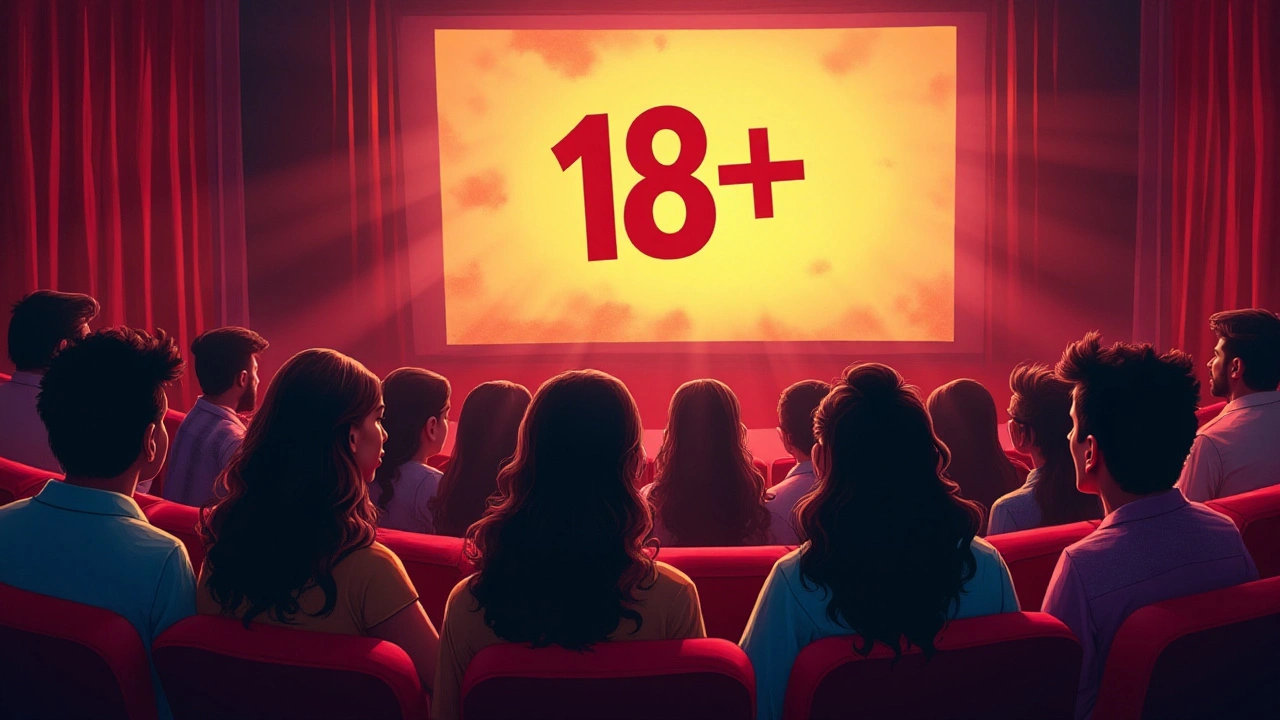
Cultural Context and Societal Impact
In the vibrant world of Bollywood, 18+ movies are more than just films with adult content. They are reflective mirrors held up to society, capturing the diverse cultural nuances and evolving societal mindset of India. Over the years, these films have served as a medium to address taboo topics, challenging the status quo and pushing the boundaries of traditional norms. With each release, these movies navigate the complex interplay between modernity and tradition, prompting audiences to re-evaluate their perceptions and attitudes toward sensitive subjects. This intersection of cinema with cultural truths often sparks intense debate amongst cinephiles and critics alike, who ponder the role of such films in shaping societal views.
Historically, Indian cinema has always had a way of reflecting societal undercurrents, and movies with an 18+ rating are not an exception. They delve into topics ranging from sexual identity and personal liberties to intense emotional and psychological journeys. For instance, films like "Lipstick Under My Burkha" and "Dev.D" have not only provoked thought but also garnered critical acclaim for their bold storytelling. Such movies challenge traditional narratives, urging the audience to acknowledge and engage with realities that are often brushed aside. It's this engagement that stirs societal introspection and might slowly influence a shift in cultural paradigms.
The impact of these films extends beyond individual enlightenment; they ripple into societal discourse where open conversations begin to sprout. In a country as culturally diverse as India, the release of an 18+ film often serves as a catalyst for public debate and can even influence policy discussions. For instance, "Pink," which dealt with consent and women's rights, sparked nationwide conversations about gender-based violence and societal attitudes towards women. The cultural dialogue incited by these movies often reflects and contributes to incremental cultural shifts, which in turn impact legislation and societal norms over time.
To understand the weight of these movies in shaping societal values, it is crucial to acknowledge the multiplicity of India's audience. Urban and rural, conservative and liberal, disparate socio-economic backgrounds all converge in the audience of a Bollywood film. A movie rated 18+ that explores profound themes reaches across these aisles, catering to diverse palettes and sparking diverse reactions. In doing so, these films encourage audiences to confront differing perspectives and sometimes even reconcile conflicting values, fostering a more inclusive cultural ethos.
While the societal impact of Bollywood's 18+ films is profound, it is not without controversy. Critics argue about those who believe such films might corrupt and destabilize societal norms. However, the counter-argument is strong—it’s about presenting reality without a veil and nurturing an informed populace.
As renowned film critic Anupama Chopra once said, "Cinema is not created in a vacuum. It is a reflection of its times and a lens through which we explore our world."Such articulation underscores the importance of these movies in fostering a deep societal dialogue and pushing the boundaries towards a progressive society.
Audience Perception and Parental Guidance
When it comes to Bollywood, the audience's perception of 18+ movies is as diverse as the country itself. These films often serve as a mirror to society's evolving attitudes towards sexuality, violence, and other mature themes. In urban areas, audiences might be more open and accepting, viewing such films as an expression of artistic freedom and a reflection of real-world complexities. Conversely, in more conservative settings, these movies may be perceived with skepticism or moral alarm, stirring debates about cultural values and societal norms.
The role of parents in guiding the consumption of 18+ content is crucial, not least because of a cultural ethos that values family-oriented viewing experiences. Parents often grapple with the decision of whether their children are emotionally mature enough to handle the intricate narratives these films present. This guides many to rely on the guidance of the Central Board of Film Certification (CBFC) to discern what is appropriate for younger audiences. Reliable studies reveal that about 65% of Indian parents closely monitor the media their children consume, citing concerns about exposure to unsuitable content.
Engaging Adolescents in Discussions
The decision to watch a movie with an 18+ rating should not be made in isolation. Engaging adolescents in open dialogues about the film's themes can be an enlightening experience. It provides an opportunity to discuss why certain content is deemed appropriate for adults and allows for critical thinking and emotional processing. For many families, movies serve as conversation catalysts, fostering an environment where sensitive issues can be discussed without taboo. Such discussions can deepen the understanding of complex subjects, paving the way for informed viewership.
"Cinema is the reflection of society, and if the image is chaotic, it's the society that is in chaos." – Amitabh Bachchan, legendary Bollywood actor.
These conversations take on a different flavor depending on cultural and regional backgrounds. In some Indian households, these exchanges could translate into lighter discussions on relatable plotlines or criticisms of character motivations, while in others, they might trigger intense ideological debates about the portrayal of gender roles or ethical dilemmas within the narrative. As shifts in societal attitudes occur, these films have undeniably become a part of the zeitgeist, resonating deeply with viewers from all walks of life. As viewers become more discerning, it's not just about shielding young eyes but guiding them towards an appreciative understanding of cinema's multifaceted stories.
Implications for Filmmakers and Creators
Delving into the repercussions of an 18+ movie rating in Bollywood, it is evident that filmmakers experience both advantages and obstacles. Creators often see these ratings as a double-edged sword: while they allow exploration of complex narratives and mature themes, they can also restrict a film's potential audience. Filmmakers in the Indian scene crave the ability to push boundaries and address subjects that require keen and intricate storytelling, without the risk of losing younger audiences.
Achieving an 18+ rating often empowers creators to delve into narratives that touch upon taboo subjects, which would otherwise be diluted to secure a more lenient classification. Such ratings become a gateway for expressing raw and authentic human experience, whether through depictions of palpable emotions or social commentaries on topics like crime, politics, or relationships. However, the hidden cost of this exploration is access, as an 18+ movie in Indian cinema confines its viewership to adult audiences. This often translates to limited box office revenues, potentially impacting the profitability and distribution of these works.
The CBFC classification decisions can sometimes come under scrutiny due to perceived inconsistencies or censorship issues. When filmmakers like Anurag Kashyap or Vishal Bhardwaj attempt to portray gritty realism and societal truths, they sometimes engage in a tug of war with certification boards. Kashyap, a renowned filmmaker, once quoted, "Cinema is the art of telling stories that need patience to realize and courage to portray," highlighting the delicate balancing act between creative aspirations and regulatory challenges. For creators, maintaining artistic integrity while navigating the regulatory landscape demands both diplomacy and resilience.
Another facet is how digital streaming platforms have transformed the game for Bollywood filmmakers. Unlike traditional theatrical releases, streaming services offer a less restrictive environment where movies can secure mature ratings without the adverse impact of reduced audiences. This trend shifted significantly throughout the pandemic era when theaters were shut, marking a pivotal change in content delivery methods. Directors, yearning to captivate global audiences, now harness these platforms to present unrestrained storytelling while evading potential censorship in cinema halls. As such, digital platforms are increasingly becoming a favored avenue to launch 18+ films in India.
Nevertheless, filmmakers must anticipate how societal norms and cultural sensitivities shape the reception of adult-themed content. For instance, traditional Indian family values pose distinct challenges, as parents frequently view 18+ content with hesitance. Striking a balance between artistry and societal pressure is a daunting yet exhilarating quest for directors in Bollywood. Filmmakers have to assess and reflect on public sentiments, viewer expectations, and potential criticisms before launching a film that treads on mature terrain. Constant adaptation and awareness of the dynamic audience mindset remain crucial for not only achieving commercial success but also for nurturing the delicate art of filmmaking.
Addressing the shifting paradigm brought by the 18+ label, technical workshops and industry discussions continue advocating for transparency in rating processes and embracing adult themes responsibly. Aspiring filmmakers are now encouraged to learn and embrace narrative diversity, garnering advocacy for bolder and unorthodox storytelling methods. Balancing artistic exploration with the confines of modest regulations might appear formidable, but it is this very pursuit that fuels the creative evolution of Bollywood, redefining its place on the global stage.
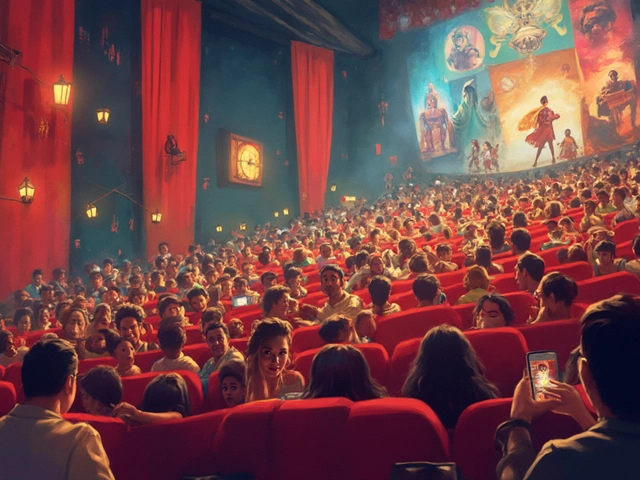
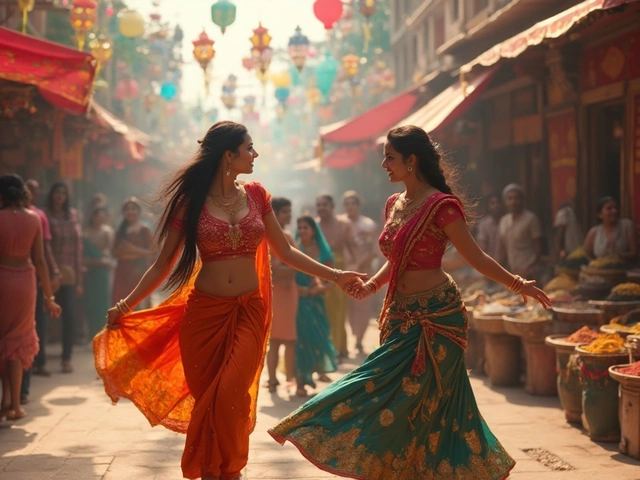
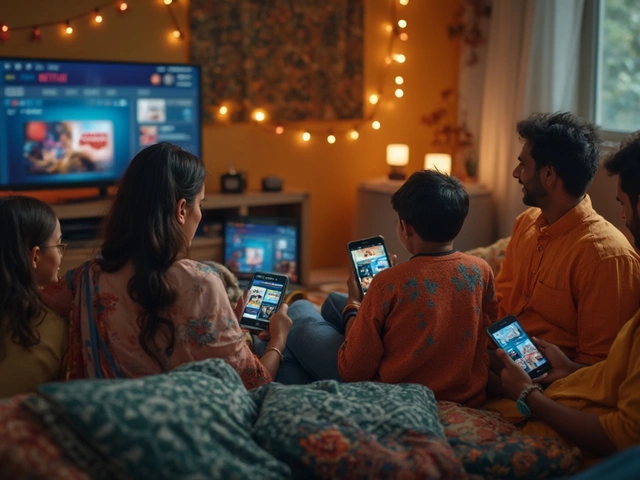
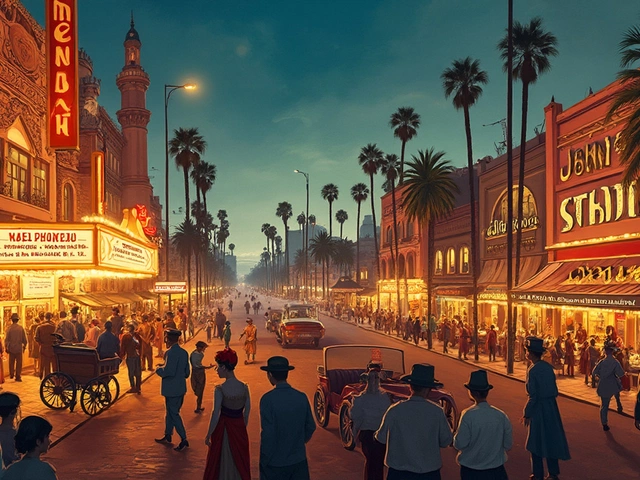
Write a comment